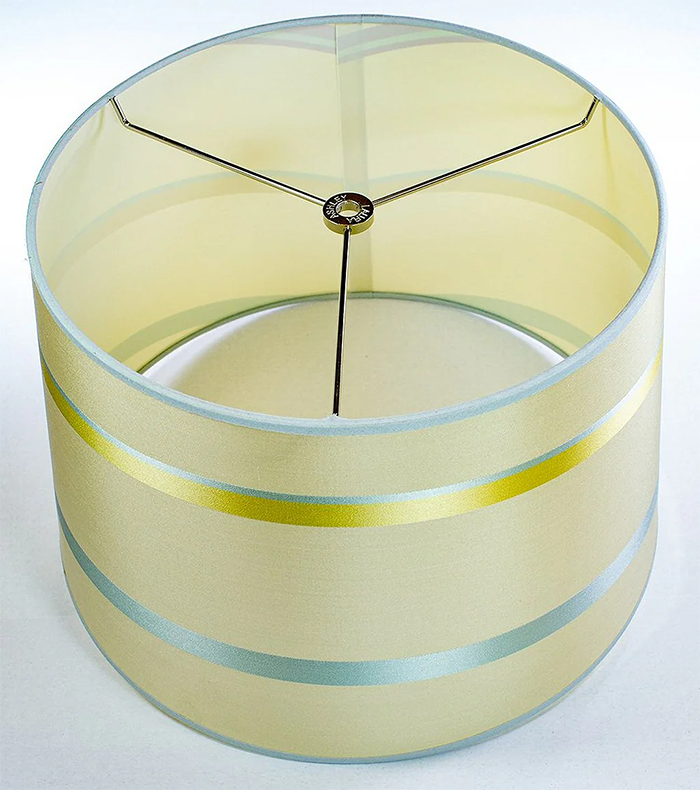
Types of Lampshades
Most lamps come with a shade that covers all or part of the bulb. This helps prevent you from looking directly at the bright bulb and irritating your eyes.
The shape, size, and type of lampshade depend on the shape, decorative purpose, and intended use of the lamp. Different shade shapes can aim, reflect, and direct the light, causing it to exit the lampshade in a specific "shape" or cone.
Some lamps may have a shade that evenly distributes light upward and downward, or directs most of the light toward the bottom of the shade.
Some lampshades also have a hard backing or lining, which blocks more light from passing through the shade material (which can cause tinting, diffusion, and reduced light output). This allows more light to be reflected out the ends of the shade, sometimes with a gold or silver backing to achieve this. Furthermore, the light that shines through the shade can be decorative in itself and can create interesting effects when combined with patterns and textures.
Typically, larger lamps require larger shades to maintain their proportions to the base, otherwise they would appear unnatural. A good balance needs to be struck between size and overall appearance. Floor lamps typically have larger shades than table lamps, which are typically much smaller.
Shade Shape
Shade Shape: The shape of a lampshade can be categorized by several key characteristics.
Side View (Outline)
View from Above or Below (Plan View)
Most lampshades appear round when viewed from above. However, some are rectangular, oval, or even hexagonal. A lampshade may appear square when viewed from above, but it may also appear as a chamfered square with the corners folded inward.
You'll more often see a lampshade from the side than from the top or bottom. The basic shape of a lampshade is drum or cylindrical, appearing rectangular when viewed from the side. The top of the lampshade may taper towards the bottom, creating varying degrees of slope. Sometimes, a lampshade may appear curved when viewed from the side, such as a bell-shaped lampshade. There may also be a lip (corridor) at the top or bottom, or other features.
These lampshade shapes have evolved over time, including drum-shaped lampshades (the top and bottom are the same or similar size), floor-shaped lampshades (often used in floor lamps, with the top slightly smaller than the bottom, directing light downward in a narrow funnel shape), empire-shaped lampshades (more common in table lamps, with the top much smaller than the bottom, allowing more light to be dispersed to the sides), and coolie-shaped lampshades (with a particularly narrow top, creating a steeper slope).
Extreme lampshades have no top opening and a flared bottom, such as in pendant lamps. Some lampshades may feature more unusual shapes, such as spheres or other artistic designs.
Table Lamp Shades
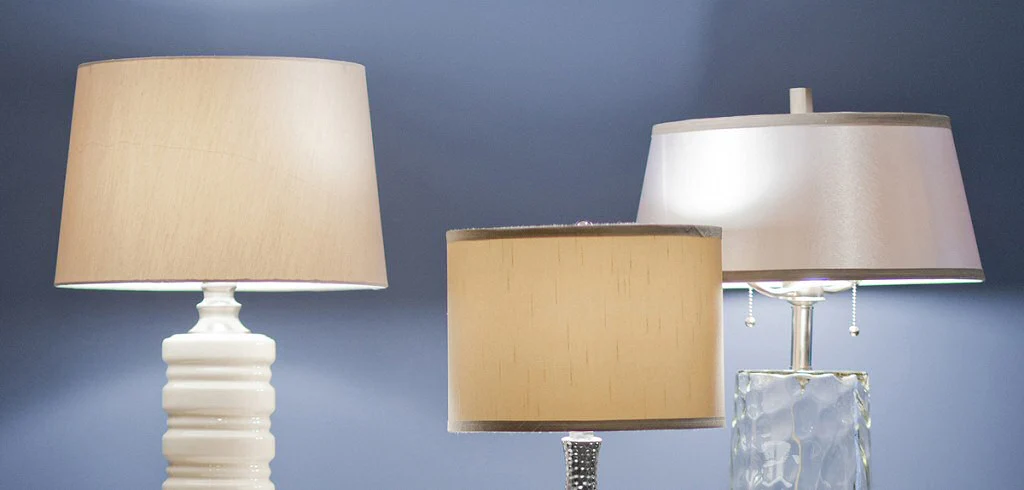
Table lamps often have shades that flare outward at the bottom to diffuse more light. Table lamps are often placed near seating, so light from below and the sides is useful for those seated nearby. Table lamps less suited for this purpose may have rectangular, square, or drum-shaped lampshades, which can direct light both upward and downward. Table lamp shades typically range in diameter from a few inches to 20 inches, with larger diameters often being larger. Most regular-sized table lamps have a diameter between 14 and 18 inches.
The height of the lampshade is crucial, as it must be tall enough to cover the bulb area and proportional to the base size. Typically, a harp mount rises around the bulb and connects at the top, where the lampshade mount rests. Maintaining sufficient "drop" from the top of the lampshade to the mount is crucial for positioning the lampshade at the correct height. Harp mounts are available in different sizes to adjust the position.
Floor Lamp Shades
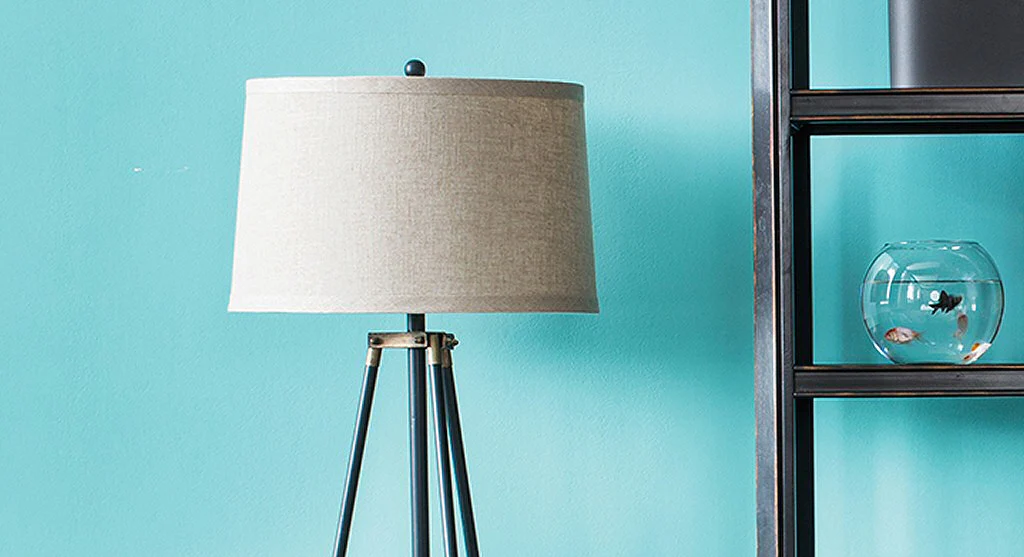
Floor lamp shades are typically larger due to the larger base. To maintain proper proportion, larger floor lamp shades are typically wider and have less sloping sides. Compared to Empire or Coolie shades, the flatter sides often enhance the height of the shade.
Floor lamps can also look elegant with large, drum-shaped shades. Because they sit higher, they provide ample downward and sideways light, regardless of the shade shape.
Chandelier Shades
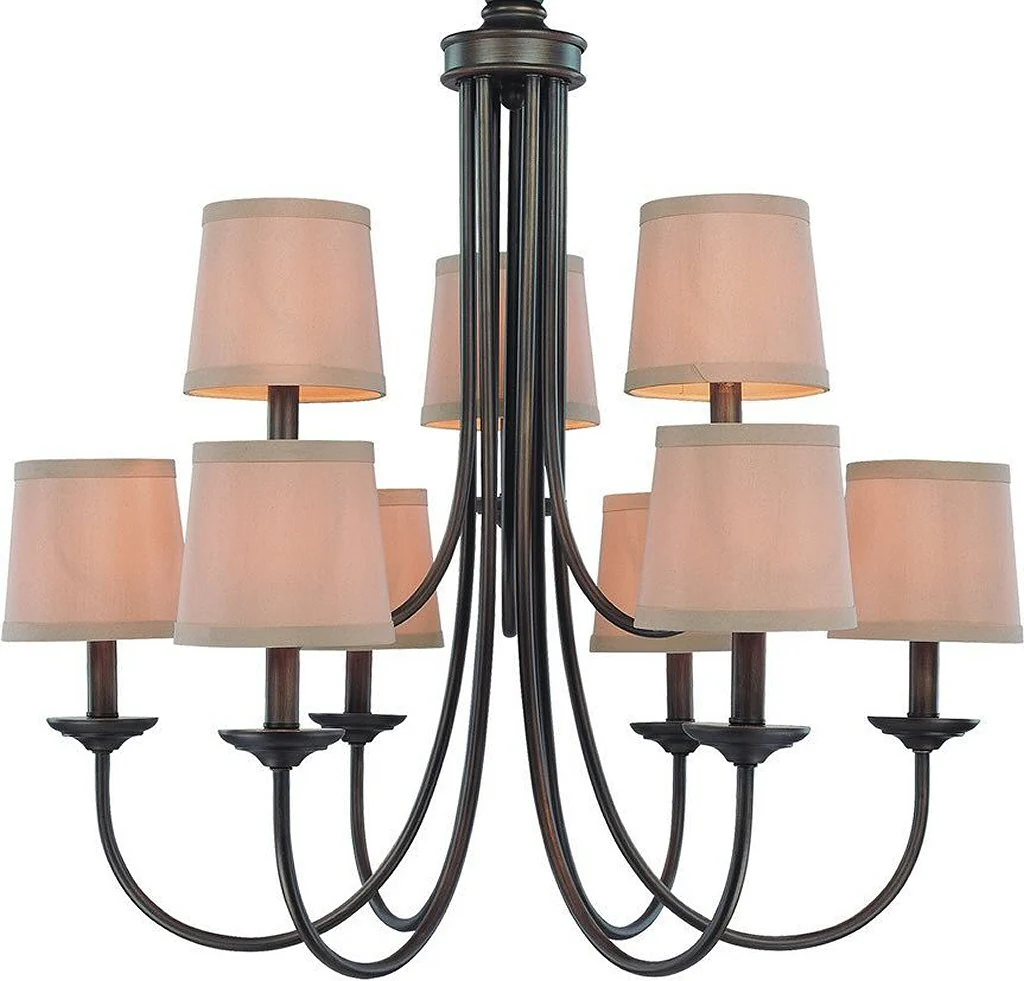
Some lamps and miniature lamps use a small shade called a chandelier shade. Chandelier lamps may have multiple bulbs at the end of their arms, extending from the center of the shade, covering each bulb. These miniature shades are designed to be mounted near the bulbs so they can be clipped onto them. These shades are often too small to be mounted on the fixture itself.
Glass Shades
Sometimes, lampshades are made of materials other than common materials like fabric, paper, or plastic. Sometimes, the lamp design requires a glass shade. Shades may be made from a single piece of tempered art glass or from multiple pieces of colored glass, such as in a Tiffany lamp.
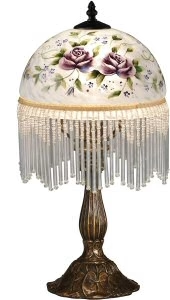
Glass shades are generally more expensive and difficult to replace if damaged. However, they are very beautiful and can produce vibrant colors that other types of shades cannot match.
How to Measure a Lamp Shade
Lampshades are typically measured in three dimensions. All dimensions are in inches:
Width at base
Height of shade, measured at the bevel. If the shade has beveled or curved edges, measure the length from the top edge to the bottom edge of the shade with a tape measure or ruler.
Additional measurements are sometimes required if the shade is not round or square when viewed from above or below. Rectangular or oval shades require additional depth measurements from front to back; if the shade is larger at the base than at the top, additional measurements are required from the top of the front to the top of the back and from the bottom of the front to the bottom of the back.
If you don't know what shade size your lamp base requires, for table lamps, you can measure the height from the bottom of the base to just below the base. The shade width should generally fall within this range to be proportional to the base. For floor lamps, estimating the size can be more difficult without a shade reference, but you can try shades with a base width between 16 inches and 20 inches.

